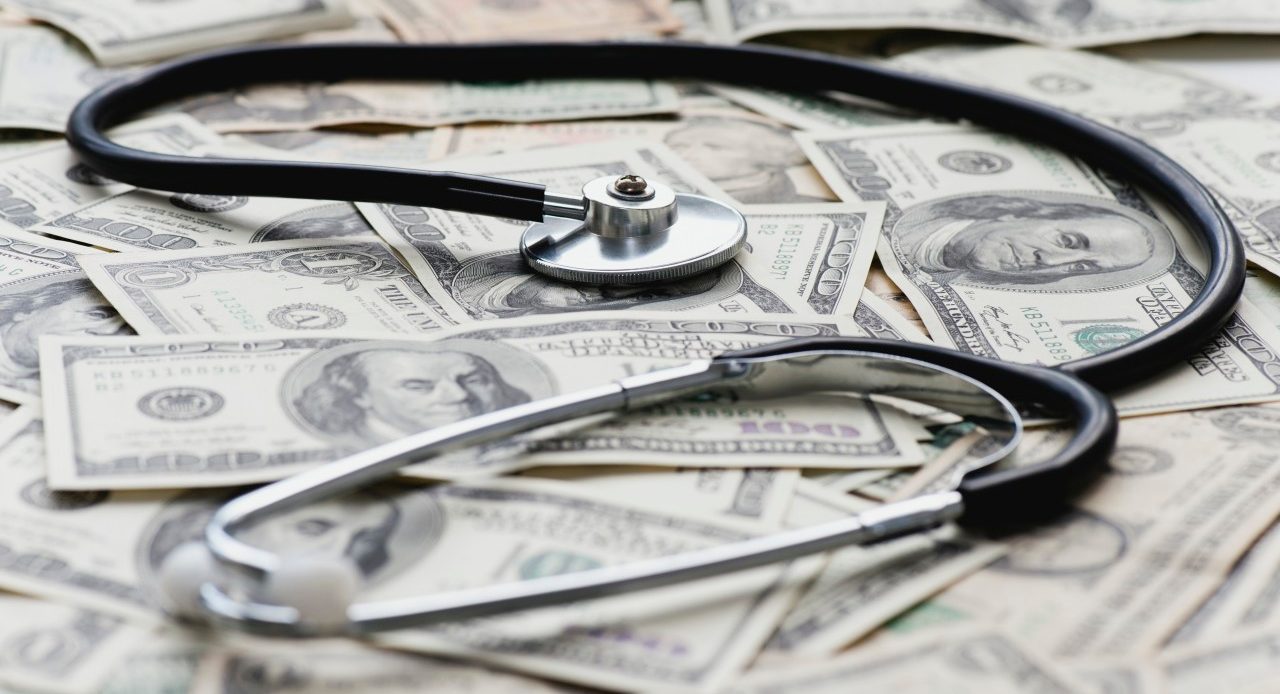What Is a High-Deductible Health Plan?

What is a high-deductible health plan? You'll pay out-of-pocket until your coverage kicks in. This plan may or may not save you money. Here's what you should know.
A high-deductible health plan (HDHP), also known as a “consumer-directed” plan, makes managing your healthcare expenses a top priority.
HDHPs offer lower premiums and, as the name implies, higher deductibles than more traditional health plans, such as a PPO or HMO. Enrollment in HDHPs has increased significantly since 2006. They’re also a major component of the insurance exchanges established by the Affordable Care Act (ACA).
YOU MIGHT ALSO LIKE: Making Sense of the Health Insurance Marketplace
If you have a high-deductible plan, you are responsible for most of your healthcare costs until your expenses reach your deducible. You will have an individual deductible for each family member in the plan, as well as a family deductible. Plans do not usually cover the cost of health services and prescription drugs until you meet your deductible.
Once your deductible is met, your plan pays eligible healthcare expenses (established by your insurer), minus copayments and coinsurance, until you reach your out-of-pocket maximum level. After you reach the maximum, your insurance company is responsible for the rest of your qualified medical expenses for the rest of your plan year (which does not necessarily go by the calendar year).
Most high-deductible plans work in cooperation with a health savings account, in which you can save up to $4,150 for yourself, and $8,300 for your family, tax-free, to pay for healthcare expenses. (If you're 55 or older, you can save an additional $1,000.)
To make a high-deductible plan work best, you should keep up with checkups at your doctor’s office, take advantage of essential screenings and services your plan must cover under the ACA, and skip big-ticket services, like an MRI, if you really don’t need them.
You should also exercise regularly, eat a well-balanced diet, quit smoking, and lose weight if you need to, probably the best preventive health measures you can ever take.
You also need to keep all of your health bills and the explanation of benefits information your insurance company sends — you should with any insurance plan — to keep track of your healthcare expenses and make sure they match what your doctors have billed you and your insurance company has covered.
You need to think about the state of your and your family’s health before choosing a high-deductible plan, and you should do so when choosing any health plan. If everyone is relatively healthy and you generally don’t see the doctor that often, except for annual checkups and normal screenings, a high-deductible plan may save you money. If you, or someone in your family, have chronic health problems, it may or may not, depending on your cost history.
You also need to keep in mind that different insurance plans have different deductible limits and out-of-pocket maximums, or limits. Some plans have no out-of-pocket costs limits. Out-of-pocket limits are designed to control your healthcare costs. If your HDHP insurance plan has no out-of-pocket limits, you could wind up paying more for your healthcare, even after you meet your deductible.
It is very important to understand all of your potential costs before you sign up for a health insurance plan. You should always consider all of your anticipated healthcare costs, as well as plan for unanticipated healthcare costs, before choosing any health insurance plan.
Carefully read your open enrollment health insurance marketplace, employer enrollment plan, or Medicare or Medicaid options before choosing the right plan for you and your family.
Updated:
September 11, 2023
Reviewed By:
Christopher Nystuen, MD, MBA